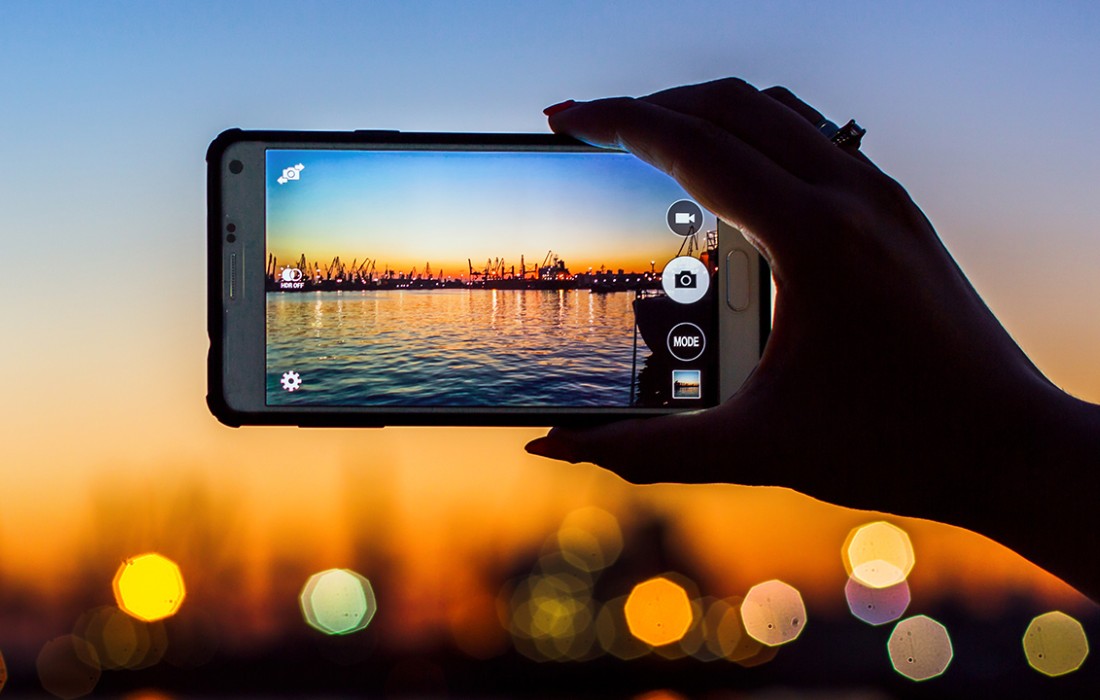Recently, Light unveiled a groundbreaking prototype smartphone equipped with nine cameras, highlighting the company’s commitment to pushing the boundaries of mobile photography. This move continues their legacy of innovation, following the release of their semi-professional camera with 16 lenses priced over 2,000 euros. Despite the impressive nature of this development, it’s worth noting that the Huawei P20 Pro already features four cameras, including the front-facing ones.
The Evolution of Smartphone Cameras
- More Lenses, More Possibilities: The trend of incorporating multiple cameras into smartphones seems set to continue. While some mid-range phones now come with dual cameras primarily for background blurring, the industry is shifting towards equipping devices with even more lenses. This is not just for the sake of adding more cameras but for enhancing functionalities like selective focus, low-light performance, and zoom capabilities.
- Huawei’s Approach: Huawei’s P20 Pro exemplifies advanced camera technology by combining a 40-megapixel primary sensor with a 20-megapixel monochrome sensor and an 8-megapixel telephoto lens. This setup leverages computational photography to deliver high-quality images in various conditions, including low light.
Challenges and Considerations
- Computational Photography: As manufacturers add more cameras, the efficiency of computational photography algorithms becomes crucial. Google, Apple, Huawei, and Samsung are currently leading in this area, but integrating more cameras will require even more sophisticated software and hardware solutions.
- Battery Life and Hardware: Adding numerous cameras to a phone raises concerns about battery consumption and hardware efficiency. Light’s prototype with nine cameras may face significant challenges in terms of energy use and processing power.
Looking Ahead
- Potential for More Cameras: There are rumors that upcoming models, like Samsung’s Galaxy S10 and LG’s future devices, might feature multiple cameras. These enhancements aim to improve various aspects of photography, such as dynamic range, resolution, and zoom.
- Refinement of Technology: The integration of multiple cameras will necessitate advancements in both hardware and software. The industry will need to balance the benefits of additional lenses with the practical challenges of battery life and processing speed.
In summary, while the addition of more cameras in smartphones opens exciting new possibilities for mobile photography, it also presents significant technical challenges. The industry’s ability to overcome these hurdles will determine how quickly and effectively these innovations can be realized.












